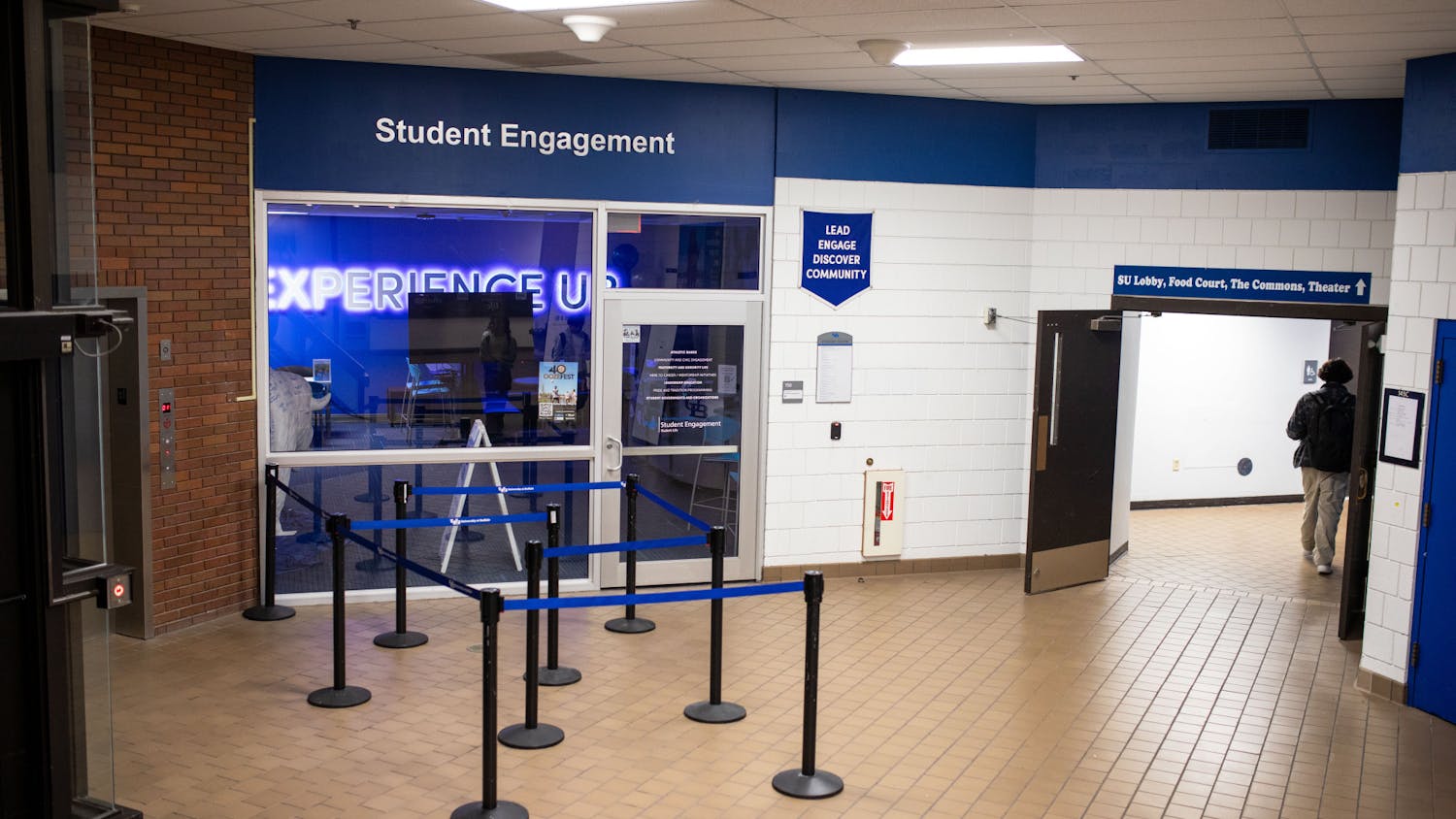After March 2005, prospective college students will have something else added to their plate of application worries - a revamping of the Standard Assessment Test, more familiarly known as the SAT.
Regina Toomey, associate vice provost for new student recruitment programs, made a brief presentation to the Faculty Senate Executive Committee last Tuesday outlining the SAT changes that will be implemented by the College Board, the implications for students, the impact the changes may have and what UB should do to prepare for the changes.
"I don't think there's any great mystery in this, I think we need to let the process work. . We need to allow people to develop the test and to study it," said Toomey. "I don't think there's anything earth-shattering that we can't manage, given that we have three years to get through this. We just need an orderly process of review."
According to Toomey, the new SAT will include a written section consisting of multiple choice grammar questions and a written essay. The verbal section will be altered to remove analogies and the shorter reading sections will accompany longer reading passages. Toomey believes the changes are good because "institutionally, and for students, the ability to write well is really important."
The format of the new SAT writing section would be based primarily on the current SAT II Writing Subject Test, which, according to Toomey's report, "predicts college-level writing grades at .56 as compared to (high school) GPA."
"I don't think the board is off-base in having a formal assessment process for students and for college to know about students' writing ability," she said. "It's critical to everything."
In addition to geometry and Algebra I, the new SAT will include Algebra II concepts. Toomey said the board is implementing this change because surveys show that 97 percent of high school students take three years of math.
The report also included what Toomey referred to as "practical considerations for students" - the cost of the exam will be increased by $10 or $12, bringing the cost of the exam up to between $36 and $38, not including the basic registration fee. The board would still provide fee waivers to low-income students.
"Obviously it's not a huge amount of money, but it is a cost," said Toomey.
The amount of time given to take the exam would also increase from three to three and a half hours.
Toomey's report stated the new test would be "equated" to the old test in terms of scoring and that it would be more valuable to colleges because it would be more comprehensive, in terms of subjects. This is significant to UB admissions, said Toomey, because the new SAT will be testing "slightly different things" than the former exam.
In addition, the SAT is used to determine in what general education courses new students are placed. For example, students who score higher than 600 on the verbal portion of the current SAT could be placed in English 201 rather than 101.
"(The proposed changes) signal that we have to have a process for monitoring what the board is doing and examining what our different score recommendations are in terms of whether (a students takes) ENG 101 or a higher course," said Toomey.
Currently, the SAT, combined with high school average and class ranking, is used as an indicator of how a student will perform in his or her first year of college. Toomey said that research will need to be done to determine how precisely the new SAT will be able to determine student success at UB.
That research, she said, would need to include an internal study of how verbal and reading scores compare to student "writing performance" and how the total scores of the new SAT compare with the first year GPA of admitted students.
"We're going to have to see, practically speaking, how the students perform in the classroom," she said. "In some ways, you're going to have to take a leap of faith initially . until we can gather a body of data."
Toomey noted that although SAT scores, high school average and class rank play a "significant part in predicting how students may do here," they are not necessarily a "straight road" to admission at UB. Other factors, such as a "strong record of leadership," are taken into consideration.
"Some very, very talented students may perform well due to other factors once they're here, and you have other students, through motivation and other factors, exceed their predicted GPA based on what they came in with," said Toomey.
UB will have to examine how the new SAT will relate to curriculum and requirements for graduation, she said, but as of now, the administration is at the "very first baby step in the process." UB administrators are planning to meet with the College Board during their national meeting scheduled for October.
"Hopefully we'll find that (the new SAT) helps us better select students who are appropriate for UB."




